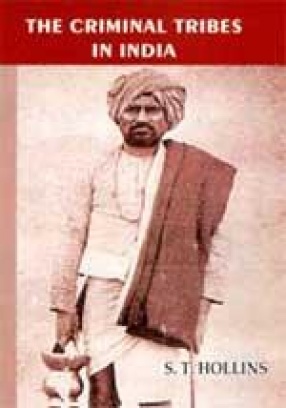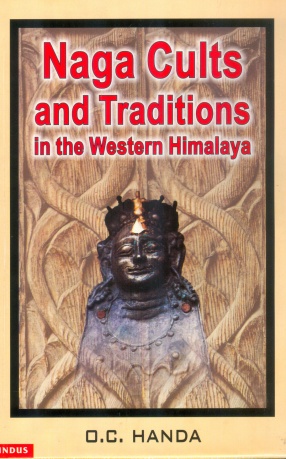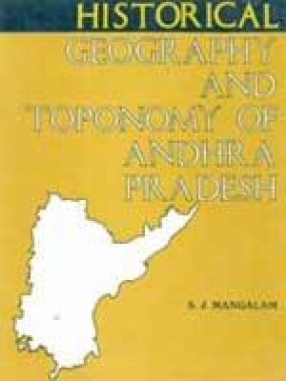The Criminal Tribes in India
Synopsis
As the Sanskrit word for caste – varna – literally means colour, it may safely be inferred that some of the spirit of exclusiveness to be found in the system was due to the contact between a fair-skinned conquering people and their darker subjects. This book has been compiled under the information it contains which has been mainly collected from the Criminal investigation Department records and from various standard works on the subject of criminal castes and classes. It is outside the scope of the book to trace the origin, or discuss the varying features, of the caste system. The criminal tribes of the United Provinces have for many years been the great stumbling-block in the path of law and order, the various measures adopted to reform and reclaim them have been attended with little success. As regards wandering tribes like the Haburas, Nats, Kanjars, Karwals, etc., it is likewise impossible to give accurate figures, as these tribes adopt many tribal aliases to evade police surveillance. This book was compiled in 1912, but publication was delayed as the new Criminal Tribes Act had not by then come into force, and it was thought desirable that a note should be given on the tribes proclaimed under the act. I have now added a statement showing the tribes that have been proclaimed under the Act, and I have also given a list of the various Salvation Army settlements in the provinces. The book deals with these Criminal Tribes in India like: Aherias, Badhaks, Banjaras, Barwars, Baurias, Berias, Bhars, Bhatras, Bhatus, Chain Mallahs, Daleras, Doms, Dusadhs, Gujars, Haburas, Jogi Pathan, Kanjars, Karwals, Musahars, Nats, Oudhias, Pasis, Rinds, Sansias, Sanaurias, Bhamnptas, Chhapparbands, Marwari, Baurias. In the end of the book, three Appendices, Bibliography and Index have been given.
Read more
31.50
28.35
$
35.00 $
Free delivery Wolrdwidе in 10-18 days
Ships in 1-2 days from New Delhi
Membership for 1 Year $35.00
Get it now and save 10%
Get it now and save 10%
BECOME A MEMBER







Bibliographic information